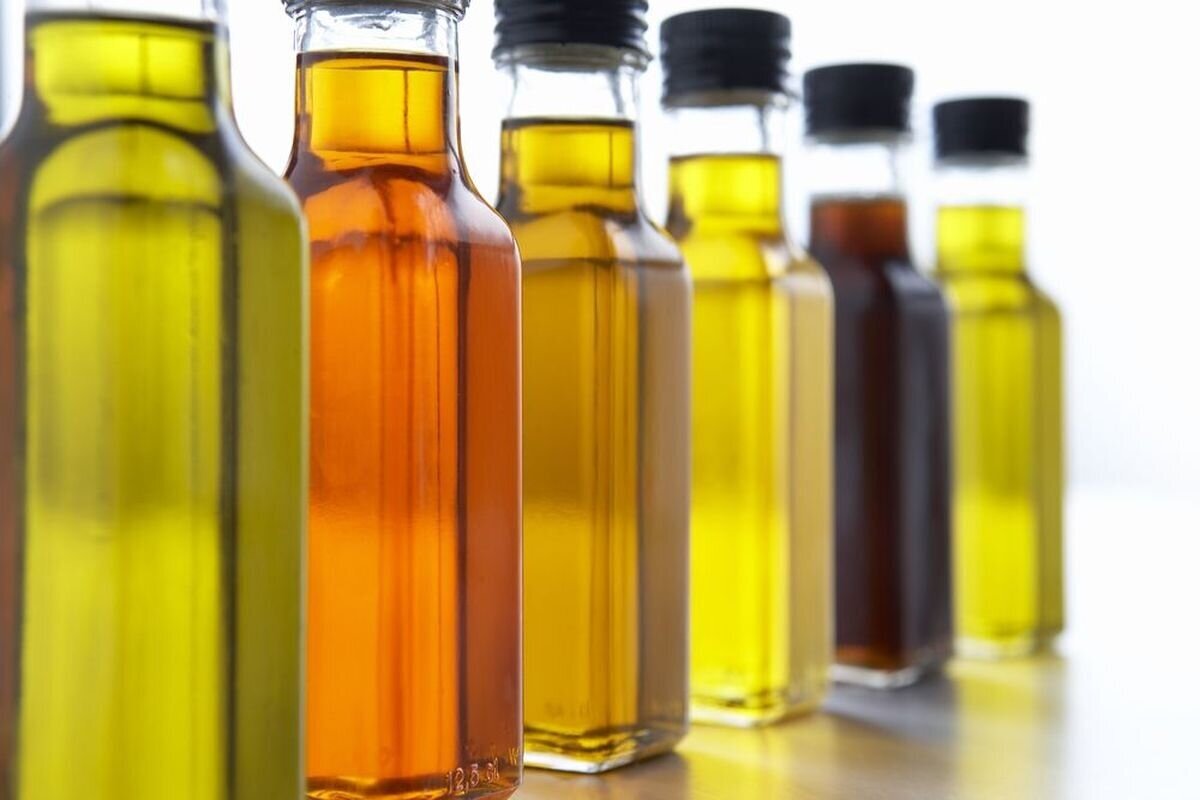Imagine you’re preparing a light summer salad and instead of the usual sunflower oil, you pull out a bottle of pumpkin seed oil, which has an enticing nutty taste. Your taste buds will brighten and your body will get an extra serving of omega-3 fatty acids. How not to get lost among the many offerings? Let’s get clear on which salad dressings are not only tasty but also useful.
“Cold-pressed” or “chemical exposure”: it is important to study the label
The key to goodness is naturalness, food safety expert. Forget about using refined oils for frying: only unrefined cold-pressed oil that has not been deodorised is suitable for salads. Such a product retains the vitamins, phospholipids and essential omega acids that the body cannot synthesise itself. Oils obtained using solvents (which is often practiced to make production cheaper) lose up to 80% of their useful substances. Look out for extra virgin, virgin or ‘first grade’ labels – these are signs of high quality.
Omega-balance: why olive oil alone is not enough

“There is no such thing as a perfect oil,” warns the expert. – ‘Combine different types, like an artist mixing paints’. Olive oil is rich in omega-9 fatty acids, sunflower oil in omega-6 and flaxseed oil leads the way in omega-3 fatty acid content. The problem is that omega-6 consumption is dozens of times the norm (mainly due to fast food) and we don’t get enough omega-3. The solution? Incorporate flaxseed or flaxseed oil into your diet – just one teaspoon a day will help replenish the deficiency of beneficial acids. The important thing to remember: an opened bottle should be consumed within 2-4 weeks, as the oil quickly acquires a bitter taste in the light.
- Sesame oil combined with honey is a great addition to Asian salads. But beware: sesame is on the list of the eight most common allergens!
- Pumpkin seed oil enhances the sweetness of roasted carrots like magic.
- Flaxseed oil doesn’t like heat. Use it only in cold dishes, otherwise you may end up with harmful substances instead of beneficial ones.
- The deposits at the bottom of the bottle are not a defect, but a source of phospholipids. Just shake the oil before using it!
Oil in a transparent bottle is a bad choice. Light destroys vitamins, so prefer dark glass or metal packaging.
“Counterfeit olive oil”: how to avoid fakes

Did you know that extra virgin olive oil is tasted by a special committee before it goes on sale? If at least one of the ten experts expresses dissatisfaction, the product will not be given the appropriate ‘title’. In the Czech Republic, however, it is almost impossible to check this. Here are three recommendations for buyers:
– Look for the PDO (Protected Designation of Origin) on the label, for example Toscano;
– The date of bottling should be no older than 12 months from the date of purchase;
– Store the oil in a dark place, not on a windowsill – even Extra Virgin loses its beneficial properties when exposed to sunlight.
Refrigerate immediately! Which oils spoil the fastest
Linseed oil – 4 weeks, pumpkin seed oil – 2 months, sunflower oil – 3 months. Olive oil can be stored for up to six months if you don’t keep it near the stove. A simple way to test for freshness: put a drop of oil on a napkin. If after an hour only a greasy spot remains, everything is fine. If a yellow halo appears, it means the oil has oxidized and it’s better not to use it.
P.S. Did you choose oil with the “organic” label? Make sure there’s a quality seal on the packaging – it’s the only guarantee that the oil is actually made without the use of chemicals. And yes, even regular mayonnaise can be healthier: add a tablespoon of mustard oil to spice it up and give it an extra dose of vitamin D!









